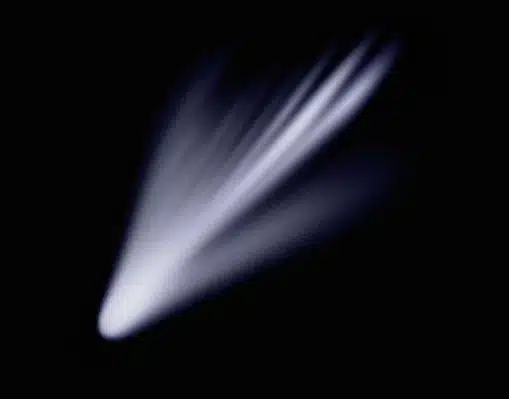The accuracy of Australia’s defence surveillance radar is being improved through the use of a new low cost technique that uses meteor showers.
Meteor showers naturally occur in the earth’s atmosphere on a continuous basis, day and night, as space rocks hit the circle of atmosphere protecting the earth’s surface.
Researchers from the Defence Science and Technology Organisation (DSTO) are using the energy trails left by meteors as they burn up in the atmosphere to improve the performance of Australia’s radar in detecting aircraft and boats approaching Australia’s coastline.
DSTO’s Dr Daniel Solomon presented his research today (7 May) at ScienceNOW! in Melbourne.
“Our research means defence personnel can more cost-effectively protect our coastline from approaching aircraft or ships,” he says.
“It also means we can better check out the coastline for possible entry of illegal immigrants or wildlife smugglers.”
Over-the-horizon (OTH) radar systems can detect aircraft and shipping that is moving up to 3,000 kilometres away from the transmitters and receivers.
Australia’s first such radar system is located in central Australia and is called Jindalee.
“The main challenge for these radars is to detect aircraft or ships against a background of interfering signals,” Dr Solomon says.
“Such interfering signals may come about through the energy received from the ground, ocean or atmosphere. Radio stations or other communications can also disturb the radar signals.”
Jindalee’s transmitting attenna stretch for 127 metres while the receiving attenna stretches for almost three kilometres.
Dr Solomon’s project used meteor trails to fine tune the accuracy of these attenna in determining the location and position of an aircraft or ship approaching Australia.
“We were able to use the clear and distinct signals left by meteor trails to overcome the problems of energy and communications interference,” he said.
“This information could be readily used with existing software meaning we didn’t need to use the expensive hardware required for some radar systems.”
Two other OTH radars are being constructed at Laverton in Western Australia and Longreach in Queensland.
Research was done in collaboration with the Centre for Sensor Signal Information Processing (CSSIP) and the University of Adelaide.
Picture opportunities:
Photos of the Jindalee radar system showing the 3km system of attenna are available. There is also a model of the Jindalee radar system on display at ScienceNOW!





 Fresh Science is on hold for 2022. We will be back in 2023.
Fresh Science is on hold for 2022. We will be back in 2023.